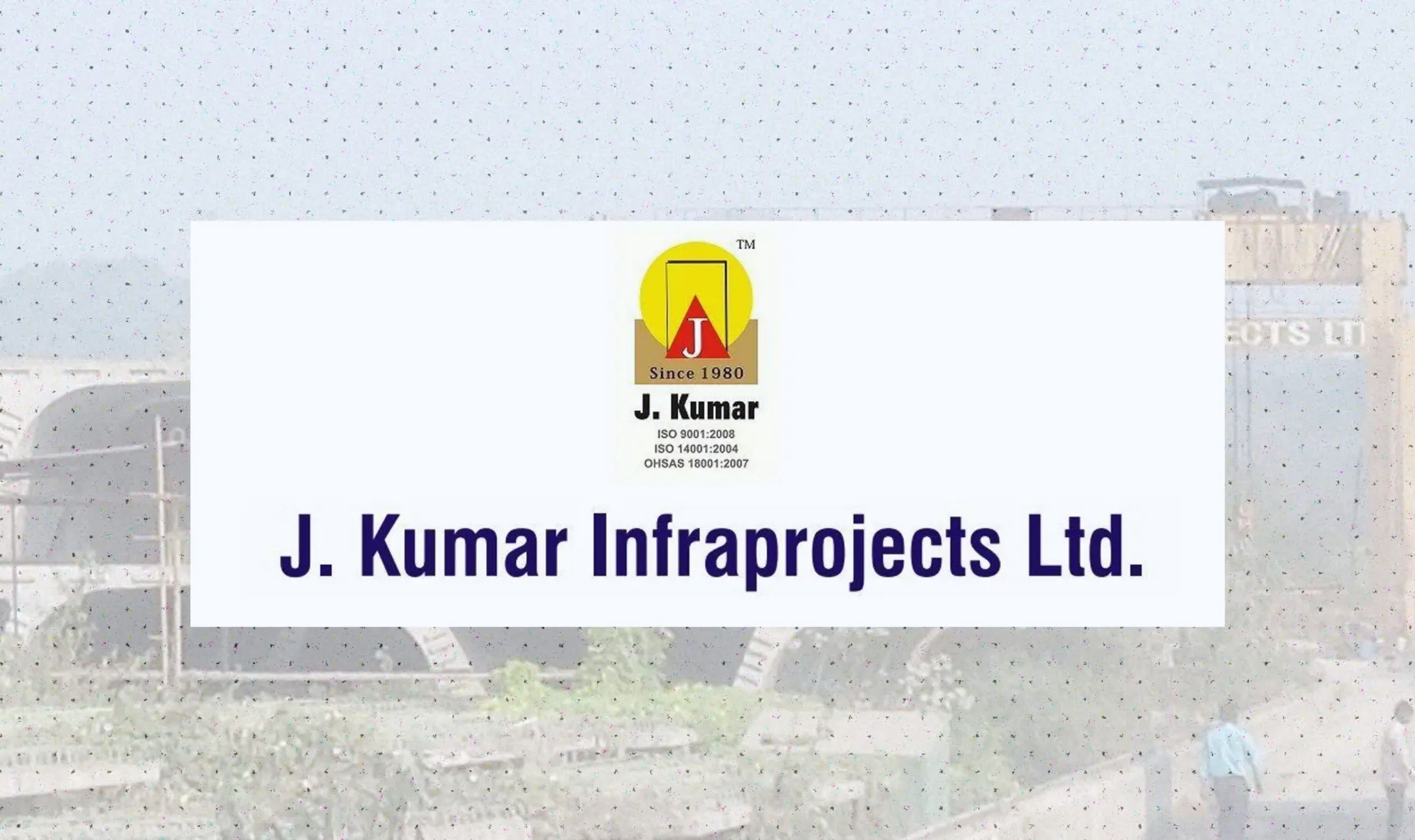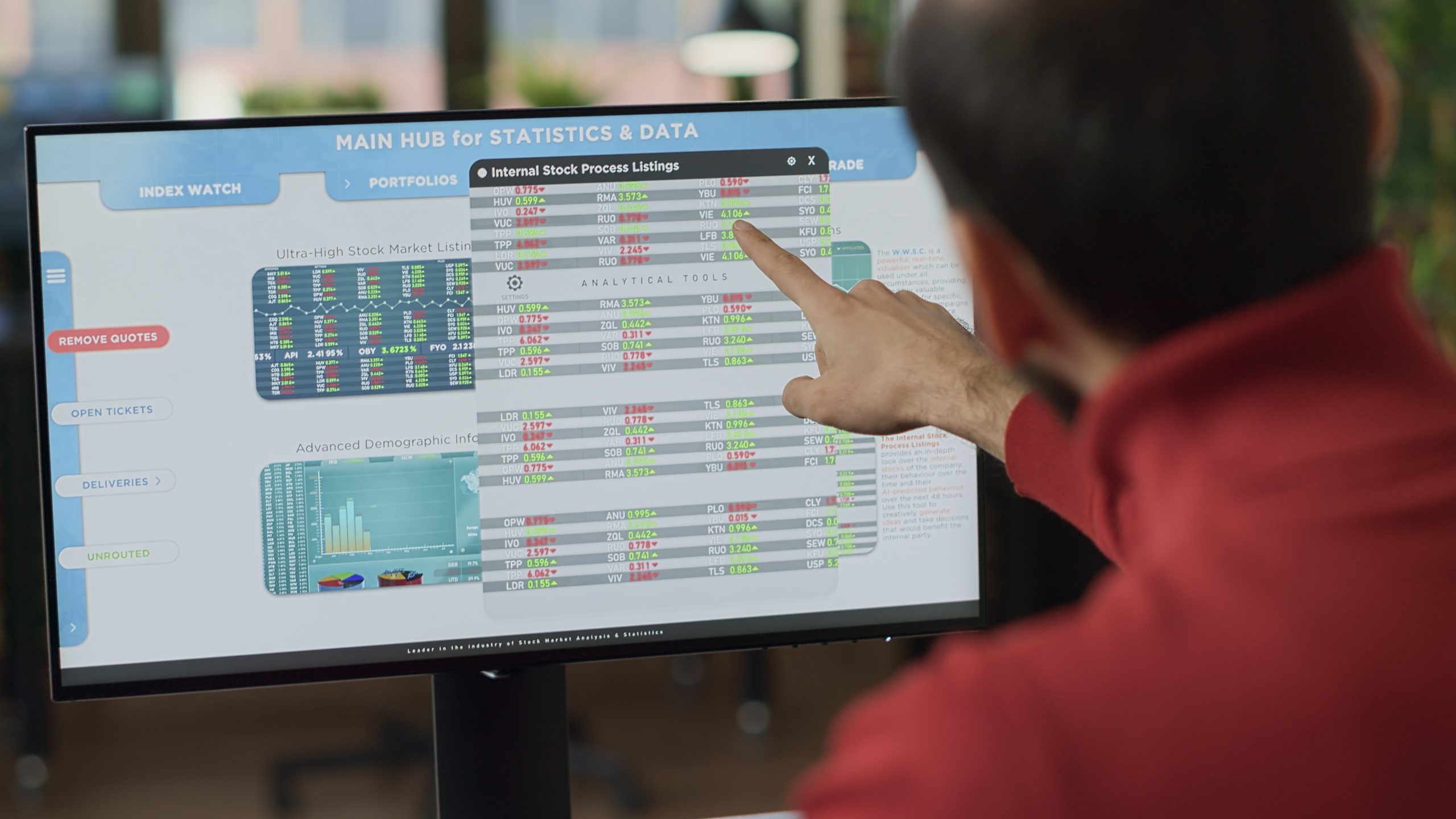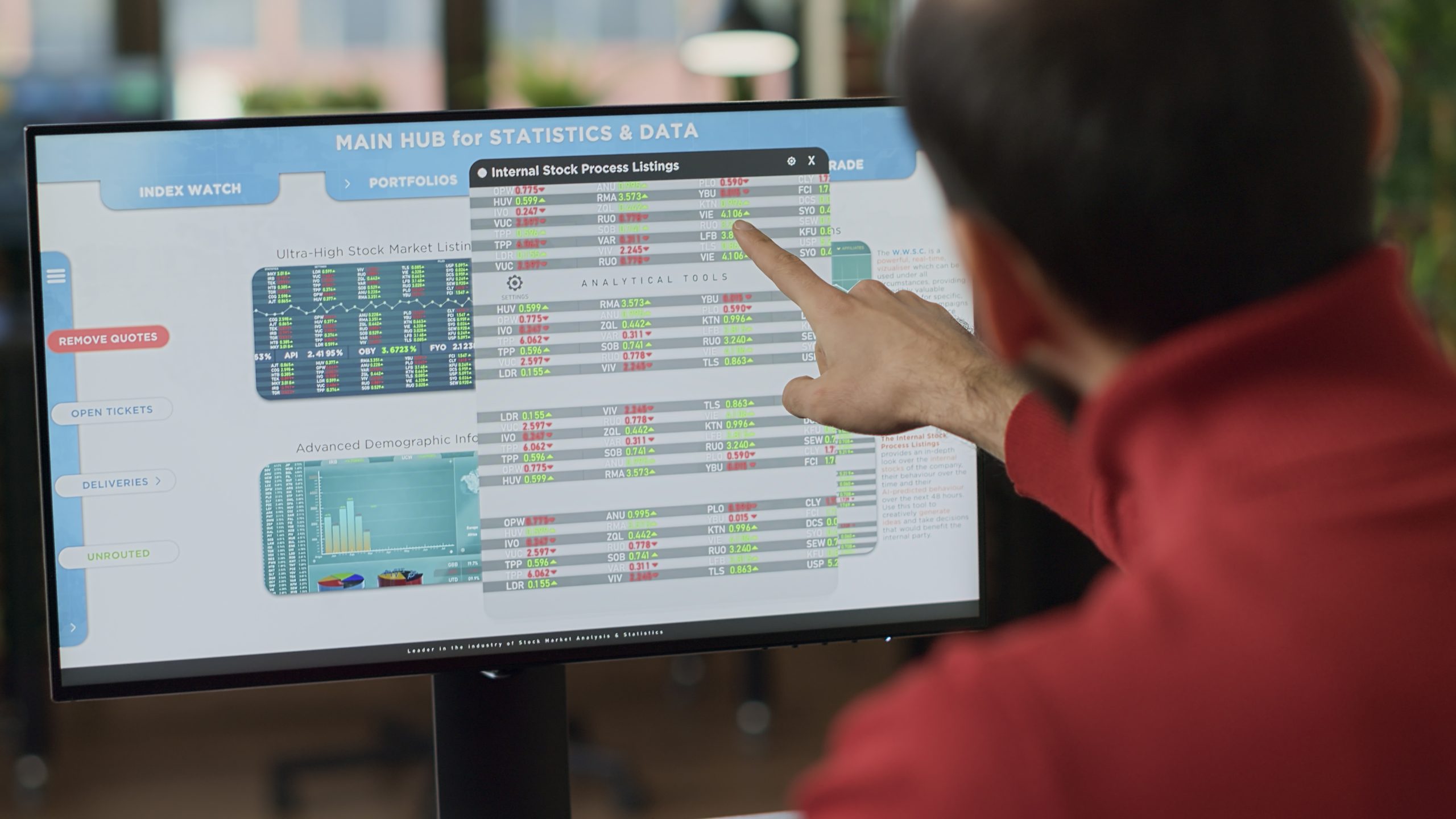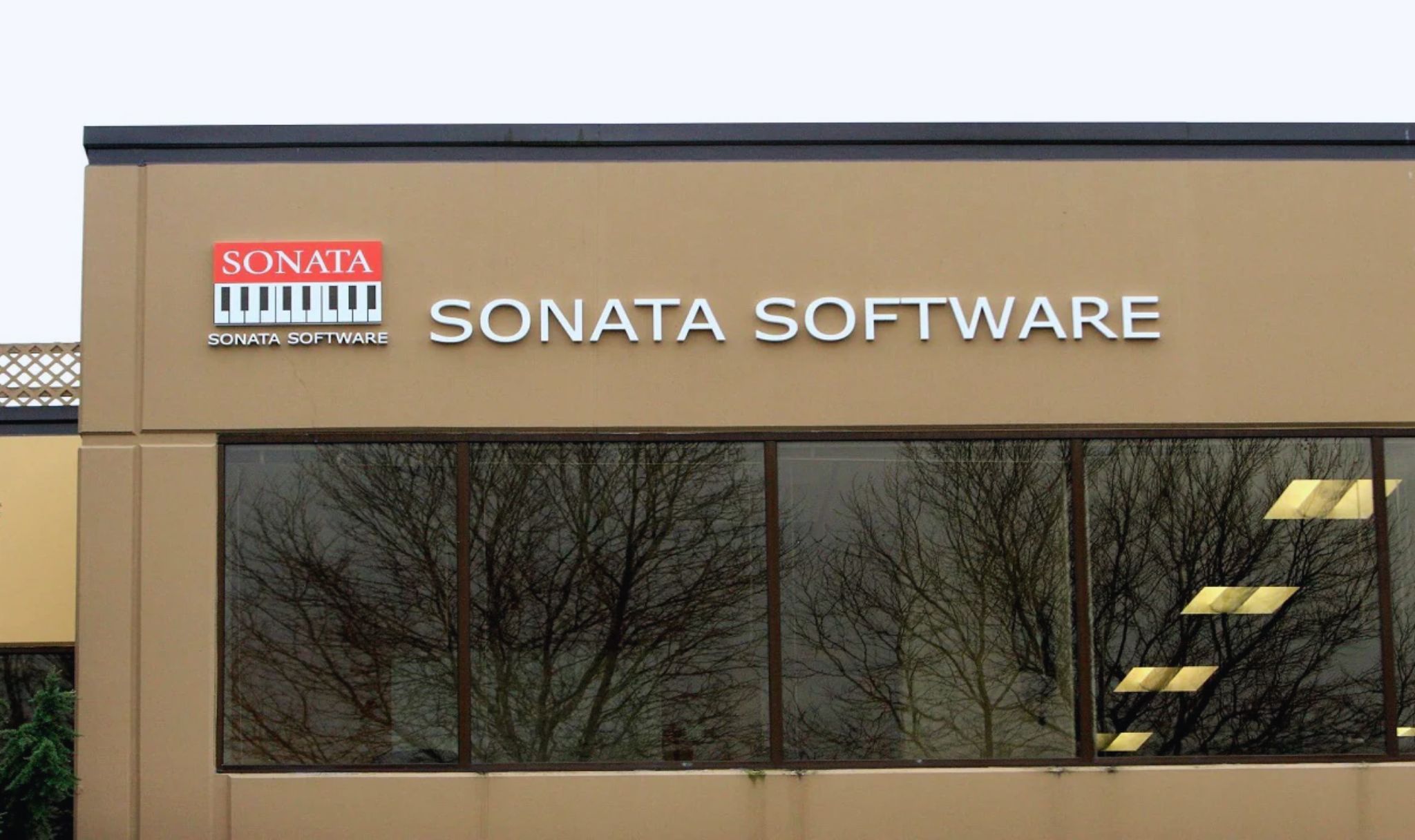In an ever-changing construction and infrastructure market, companies are required to continually adapt to keep up with competition, especially in sectors like infrastructure development, where robust performance and strategic foresight can make all the difference. J Kumar Infraprojects, one of the prominent names in the Indian infrastructure space, has established its resilience and growth trajectory through its recent quarterly earnings.
Shares of J Kumar Infraprojects surged 5% for a second consecutive day on the back of strong Q3 performance, as investors reacted positively to the company’s sound financial performance while showing confidence in its prospects. The surge was due to steady revenue growth, impressive net profit increase, and a maintained EBITDA margin. What does this financial performance mean for the company in the long term? Let’s analyze the different dimensions of J Kumar Infra’s Q3 results, what contributed to its success, and what lies ahead.
Overview of J Kumar Infraprojects
An infrastructure and construction conglomerate, it has executed massive projects in different sectors such as roads, highways, metro railway systems, flyovers, bridges, tunnels, and many other areas. Headquartered in the commercial capital, Mumbai, Kumar J has an indispensable role in the development of the whole nation through civil and major infrastructure projects. Over the years, the portfolio has been enhanced to a more diverse range of infrastructure-based projects that make an immense amount of contribution to India’s current modernization along with urban development programs.
A Peek into J Kumar Infra’s Q3 Results
J Kumar Infra’s financials for the quarter of December have reflected the soundness of the business model and operational efficiency. The company has achieved steady year-on-year growth both in revenue as well as net profits. Here are the numbers:
1. Net Profit Growth
In Q3, J Kumar Infraprojects posted a 21% year-on-year increase in net profit, which climbed to ₹99.70 crore from ₹82.60 crore in the same period of the previous fiscal year. This significant growth in profit can be attributed to the company’s operational efficiency, effective project execution, and the ability to convert its order book into tangible revenue.
Despite the very adverse macroeconomic environment, profitability is up. It makes the performance even more remarkable. Management has been quite aggressive in cutting operational costs. That is also contributing to overall earnings.
2. Revenue Growth
Revenue for Q3 increased by 22% with ₹1,486.90 crore as compared to ₹1,218.70 crore of Q3 previous fiscal year. This increase in revenue reflects that the company was able to bring large contracts under its umbrella, and the implementation of ongoing projects was done smoothly, ensuring its timely completion along with revenue generation.
The growth in revenues is substantial due to the inherent strength of a company’s operations and market positions, especially across highly competitive, complex infrastructure projects. Diversification of sectors across multiple areas has continued under J Kumar Infraprojects, making it reduce various risks and achieve maximum revenue capacity.
3. EBITDA Margins
EBITDA margins were constant at 14.7% and thus, did not experience any increase compared to the prior year. However, this was not a notable improvement in margins, but is an indication that the company was able to hold a sound operating structure in the face of increasing cost pressures. In a setting where margins might be affected due to rising input costs or external pressures, constant margins are something to be happy about.
This stability in EBITDA goes along with strategic cost management by the company. Because infrastructure projects tend to drag over several years with fluctuating material and labour costs, consistency could be construed as a relatively good indicator for the long term.
The Steady Order Book and Key Project Mix
Among other exciting aspects is the growing order book, at ₹20,529 crore at the end of Q3. The order book is a crucial indicator of future revenue and growth potential, because it reflects the backlog of projects that the company is yet to execute.
The diversified mix of projects in the order book is a good sign that the company can capture opportunities in multiple areas. Breaking down the order book shows that the key sectors are :
Metro Projects are 20 percent of the order book. Given the increasing trends of urbanization, metro rail projects are vital in major Indian cities. Projects of this size and complexity also test the companies’ competency with such high value projects.
- Elevated Corridors and Flyovers: They constitute 46% of the order book. With increasing requirement for a proper, strong infrastructure of transport which would not face the hassle of traffic congestion at urban locations, elevated corridors and flyovers always remain the hot favorite of construction projects.
- Roads and Road Tunnels: Contributing close to 21% to the order book, road infrastructure happens to be another area of considerable focus for the government, now increasingly focusing upon the improvement of national highways with better road network for efficient transport.
- Other Projects: These represent 13% of the order book, with the company active in a significant number of diversified sectors.
- The Road Ahead: Strategic Focus and Long-Term Growth Plans
The future for J Kumar Infraprojects looks promising as it has big plans for further growth. It aims to have an order book of ₹25,000 crore by FY27. This goal depicts the confidence of the company in expanding its market share and increasing its pipeline of high-value projects.
Improving EBITDA Margins
The next two years are going to be very important for J Kumar Infraprojects, with one of the key objectives being to take its EBITDA margins up to 16% from the current levels of around 15%. This is going to be achieved through better operational efficiency, improved project management practices, and the scale of larger projects that will allow for cost savings and optimized execution.
Improving margins is vital to keeping profitability sustainable for the long term. As infrastructure projects are often capital-intensive and take several years, efficiency gains in the execution phase are critical to sustaining positive financial results.
Strategic Investments and Business Expansion
Besides organic growth, J Kumar Infraprojects will also be vigorously looking for strategic investments and collaborations to enhance capabilities and expand their service offerings. The company executes larger and complex projects, meaning the need to acquire advanced technologies, skilled labors, and modern equipment in order to improve its competitiveness; therefore, investment in its work force is of great importance in J Kumar Infra.
How the Market Reacted: Share Price Surge
The positive earnings report and the increased order book have led to a marked rally in the share price of J Kumar Infraprojects. The stock went up 5% on Q3 results, which reflects investor confidence in the company’s ability to deliver consistent growth and manage a diverse portfolio of infrastructure projects.
The movement in the stock price also reflects investors’ perception regarding the long-term prospects of the company, J Kumar Infraprojects. Though there is bound to be short-term market volatility, the steady revenue and profitability growth along with increasing order book clearly bodes well for the company’s future.
Conclusion: Infrastructure Sector’s Best Performer
J Kumar Infraprojects yet again has proved its resilience in the competitive and capital-intensive infrastructure sector. Consistent growth in revenue and growing net profit along with an order book boosts the prospects of continuous deliverables for shareholders.
Moreover, the company’s strategic focus on improving margins, coupled with its ambitious growth targets, ensures that it remains a key player in India’s rapidly growing infrastructure development sector. For investors, J Kumar Infraprojects represents a compelling opportunity in a sector with substantial growth potential.















0 Comments